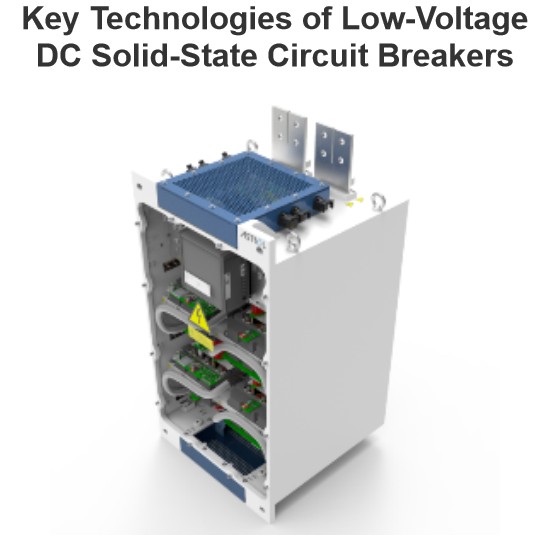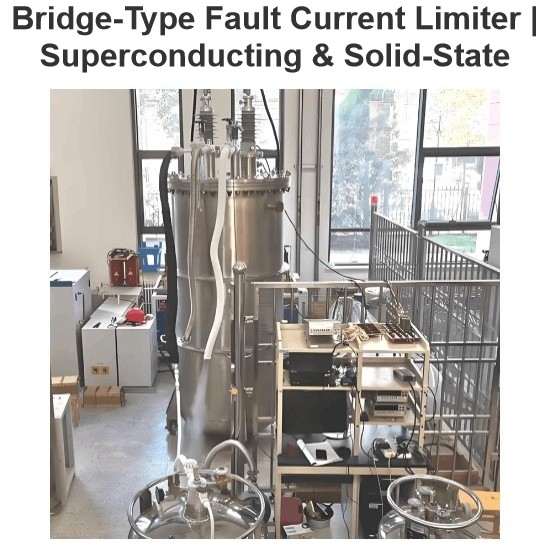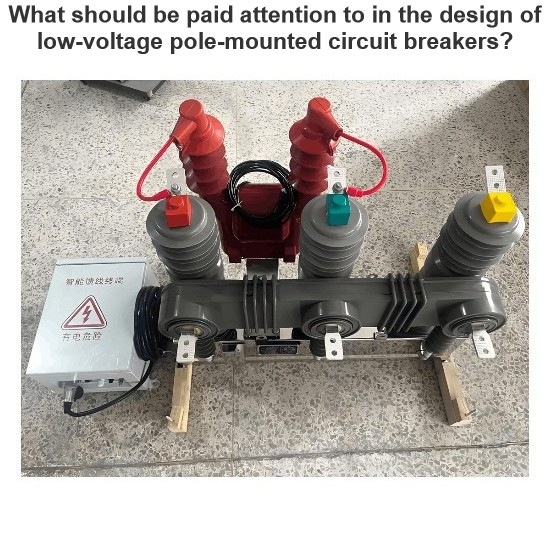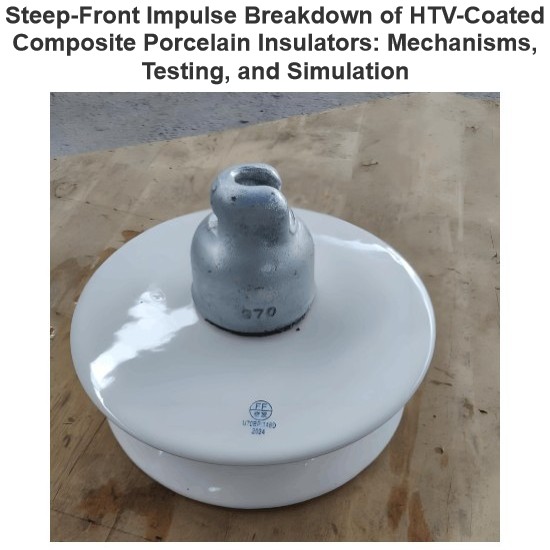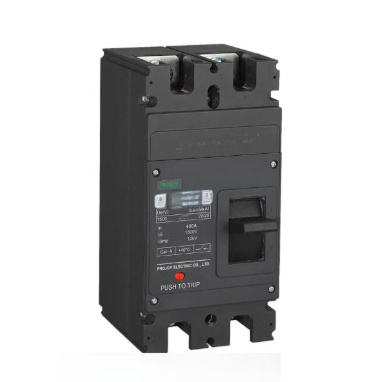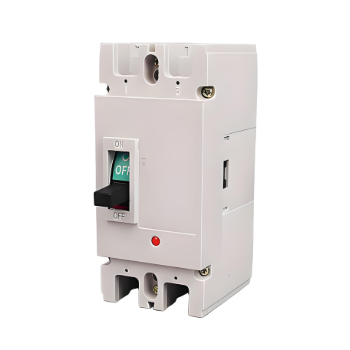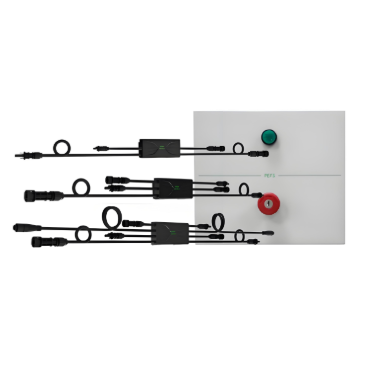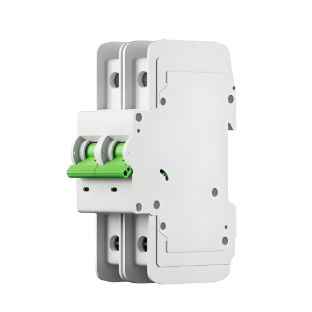I. Market and Technical Research
Since 2003, I have been engaged in the key project of localizing WVT-12 vacuum circuit breaker technology for Anhui Longbo Company. At that time, in the 12kV voltage class, vacuum circuit breakers had occupied more than 98% of the total circuit breakers. With the advancement of power grid construction and the growth of industrial and residential electricity demand, the domestic and international markets have shown a continuous upward trend in the demand for advanced 12kV vacuum circuit breakers.
The WVT series technology was successfully introduced from Poland in 1997. Its overall technology is at the world's advanced level, and it dominates the markets in Eastern Europe, Central Europe, the Commonwealth of Independent States (CIS) and other regions. Through in-depth technical research, we have keenly observed that vacuum circuit breakers are moving towards miniaturization, minimal (or maintenance-free) operation, and high reliability. Among them, cast pole technology has emerged, which cleverly casts the arc extinguish chamber and main circuit with epoxy resin in one go, achieving the excellent performance of maintenance-free operation throughout the product life cycle, and has already become the mainstream development trend in the industry.
In terms of standard compliance, domestic vacuum circuit breakers mainly follow standards such as JP3855-96 General Technical Conditions for 3.6~40.5kV AC High-Voltage Vacuum Circuit Breakers and DL403-91 Technical Conditions for Ordering 10~35kV Indoor High-Voltage Circuit Breakers. Internationally, although there is no specific standard fully corresponding to China's JB3855, the IEC 56 AC High-Voltage Circuit Breakers standard is often applied. It is worth mentioning that China's standards in terms of insulation level, withstand voltage level of vacuum arc extinguish chamber breaks after electrical life tests, contact closing bounce time, and test current for temperature rise tests are all higher or stricter than IEC standards.
II. Technical Scheme Design
(A) Determination of Technical Scheme Concept
We dissected and analyzed the typical vacuum circuit breaker technologies in the 12kV voltage class, and compared three products: ZN28, VEP, and VD4:
- ZN28: It has a wide market coverage and a low price, belonging to the economic type, suitable for general occasions;
- VD4: ABB technology, in a world-leading position, suitable for high-parameter and high-reliability places;
- VEP: It digestes German technology and complies with both Chinese national standards and German industrial standards.
Our technical scheme concept is: the electrical performance and external dimensions reach the level of VD4, the operating mechanism performance is better than that of VEP and VD4, with a more compact structure, more reliable performance, and meanwhile, it has competitive market prices.
(B) Specific Scheme Design
- Overall Design: The external dimensions are interchangeable with VD4, VEP, and ZN□-12 types, and the basic electrical parameters and main performance indicators are consistent with those of VD4 and VEP.
- Primary Conductive Circuit: Adopts encapsulated poles. Through APG process forming technology, main circuit components such as vacuum arc extinguish chambers are embedded in epoxy resin and cast into an integral body, simplifying assembly, reducing circuit resistance of the main conductive circuit, improving insulation performance, and achieving miniaturization and maintenance-free operation.
- Vacuum Arc Extinguish Chamber: Equipped with a middle-sealed ceramic vacuum arc extinguish chamber, copper-chromium contacts, and a cup-shaped longitudinal magnetic field structure, featuring high withstand voltage, low electrical wear rate, long electrical life, etc.
- Operating Mechanism: Arranged front and rear with the vacuum arc extinguish chamber, it is a planar-spring energy storage mechanism with manual and electric energy storage functions. It adopts modular design, reduces intermediate links in the transmission mechanism, and uses a secondary half-axis pin mechanism for closing retention. The energy storage mechanism uses turbine and worm deceleration design, etc. The trip coil is of fully enclosed direct-acting structure, and the over-travel adjustment is connected to the mechanism through an insulating pull rod, facilitating over-travel adjustment of the switch without removing the main circuit.
- Contact Design: Adopts cup-shaped longitudinal magnetic field contacts. During arcing, the current generates a longitudinal magnetic field, making the arc diffuse and distribute evenly. When the current passes through zero, the insulation strength recovers rapidly to achieve breaking.
III. Economic and Social Benefit Analysis
At the end of February 2006, we manufactured the WVT indoor high-voltage vacuum circuit breaker according to the design scheme. After quality inspection, it was sent to the national testing center for type tests on March 2. On April 13, the inspection report was obtained, and the results met the requirements, satisfying the standards of M2 and C2 circuit breakers.
This product features advanced technology and independent intellectual property rights, with long life and maintenance-free operation, reducing economic losses from electrical maintenance. It has good insulation performance, can be used in harsh environments, can replace imported products, and has a lower price. The annual domestic market demand is about 350,000 units, showing a broad market prospect and good economic and social benefits.


















